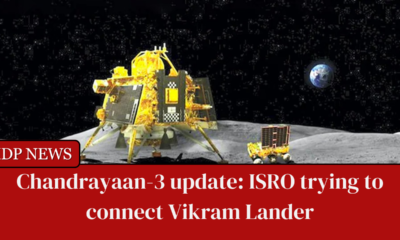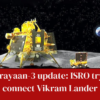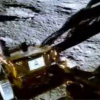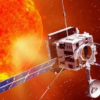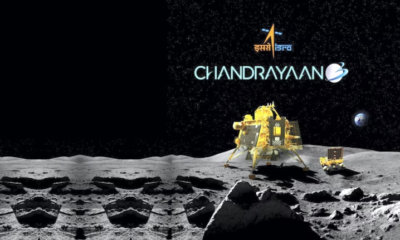The Indian Space Research Organisation (ISRO) successfully removed the propulsion module of Chandrayaan-3 from its lander module on Thursday afternoon, kicking off the final stage of India’s voyage to the moon, according to the space agency.
ISRO’s update on the Chandrayaan-3 mission:
“Chandrayaan-3 Mission:’Thanks for the ride, mate!'” LM has successfully detached from the Propulsion Module (PM). LM will descend to a slightly lower orbit following a deboosting scheduled for tomorrow at 1600 hours IST.
“India now has three satellites orbiting the moon,” ISRO stated on Thursday via its official X (previously known as Twitter) handle.
The space agency will now carry out a deboosting technique before the spacecraft attempts to land on the moon’s surface on August 23.
Following the spacecraft’s release from the propulsion module, the landing phase will begin, in which the space agency will undertake a series of sophisticated braking techniques to ensure a gentle landing.
Following the touchdown, the rover will roll off the lander and explore the lunar terrain for 14 days—one lunar day—for tests.
The follow-up mission of Chandrayaan-2:
Chandrayaan-3 is a follow-up mission to Chandrayaan-2 to demonstrate end-to-end capabilities in safe lunar landing and wandering.
The spacecraft consists of a lander and rover configuration propelled to a 100 km lunar orbit by a propulsion module.
According to the most recent mission brochure provided by ISRO before the launch, the propulsion module will carry the ‘Spectro-polarimetry of Habitable Planet Earth (SHAPE)’ payload, which will analyse spectral and Polarimetric measurements of Earth from lunar orbit.
The space agency successfully executed the final lunar orbit movement on Wednesday, putting the spacecraft in a 153km x 163km orbit.
The previous bad landing:
The latest mission, a follow-up mission to the 2019 Chandrayaan-2, aims to achieve three goals: to demonstrate a safe and soft landing on the moon’s surface, which was not possible during Chandrayaan-2, to demonstrate rover abilities on the moon’s surface, and to conduct in-situ scientific experiments.
According to senior experts from the Department of Space, Chandrayaan-3 comprises an indigenous lander module (LM), a propulsion module (PM), and a rover, aiming to develop and test new technologies needed for interplanetary missions.
The lander will be able to soft-land at a predetermined lunar site and deploy the rover, which will do an in-situ chemical analysis of the lunar surface as it moves.
Get all the latest news on Indian daily post.














